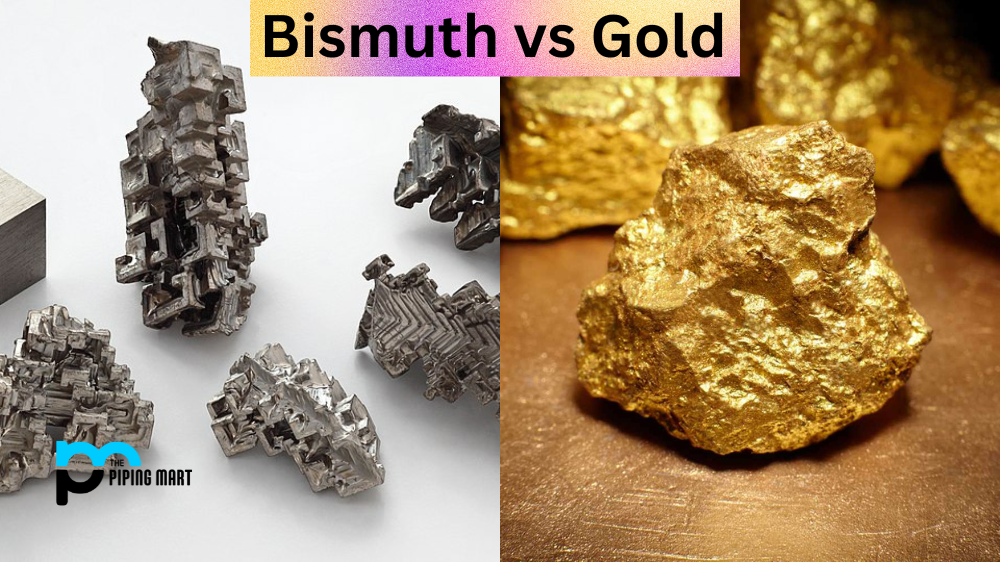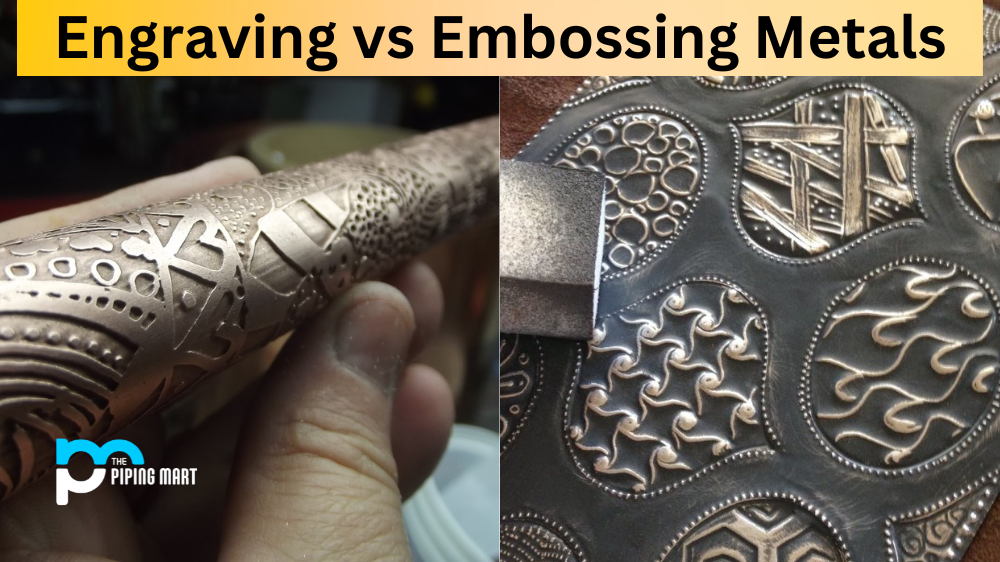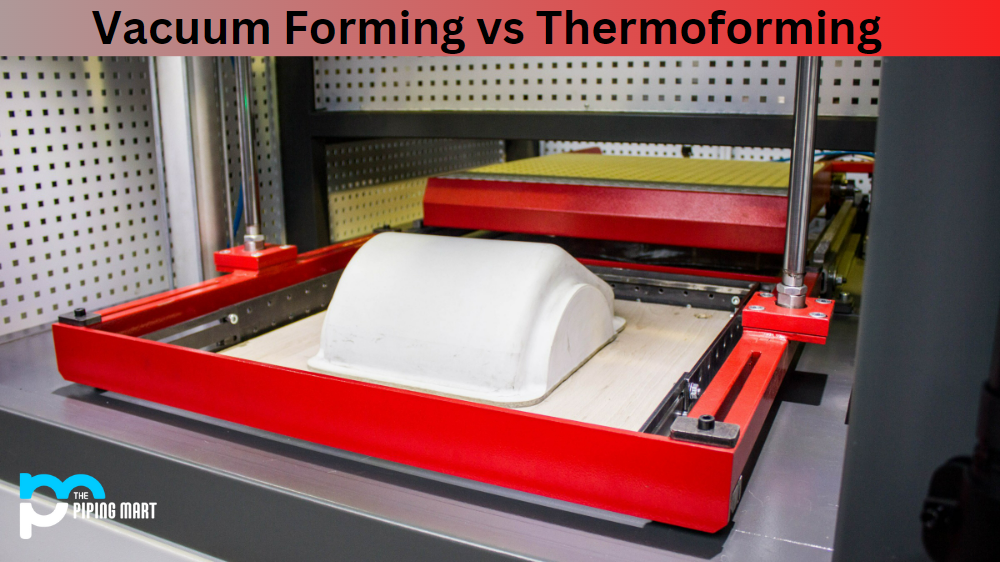Gold has been the metal of choice for jewellery makers for centuries, thanks to its lustrous shine, beauty, and rarity. However, a lesser-known element offers a similar appeal: bismuth. In this blog post, we’ll compare bismuth and gold, looking at their properties, uses, and value. We’ll highlight the strengths and weaknesses, allowing you to determine which is right for your next jewellery-making project.
Difference Between Bismuth and Gold
First, let’s delve into the properties of both elements. Gold is a noble metal renowned for its corrosion and rust resistance. It’s an excellent electricity conductor with over 1,000 degrees Celsius melting point. In contrast, bismuth is a post-transition metal much less dense than gold, meaning it’s easy to work with. It’s also a brittle, silvery-white metal with a pinkish tint that tarnishes upon exposure to air. Its purest form has a melting point of 271 degrees Celsius.
Next, let’s look at the uses of gold and bismuth. Gold jewellery and coins are the most common uses of precious metal, but it’s also used in electronics, dentistry, aerospace, and more. Bismuth, on the other hand, has a more limited range of uses. It’s often used in low-melting point alloys, fire detection systems, and as a replacement for lead in certain applications.
Regarding value, gold is one of the most valuable substances in the world. Its worth is determined by multiple factors, including its purity and rarity, with some pieces of gold jewellery fetching millions of dollars at auction. Bismuth, on the other hand, is a relatively cheap and easily obtainable element.
So, which is better for jewellery making – bismuth or gold? It depends on what you’re looking for. Gold is the obvious choice if you’re after a precious metal with a high value and a long history of use in jewellery making. However, if you’re looking for a unique, eye-catching piece that’s affordable and easy to work with, bismuth may be a better option. Bismuth is often used to create iridescent crystals with an otherworldly, rainbow-like sheen.
Conclusion
In conclusion, while gold has been the metal of choice for jewellery-making for centuries, bismuth offers a cheaper, more unique option for those looking to create something different. Though gold still has a higher value, bismuth is easy to work with and offers an iridescence unmatched by any other metal. Ultimately, the choice of metal will depend on the artist’s style and preference and the design they are trying to achieve. Gold and bismuth offer unique properties, beauty, and value regardless of an artist’s metal.

Meet Bhavesh, a seasoned blogger with a wealth of knowledge and experience. From metal products manufacturing to retail, Bhavesh has a diverse background in various industries and is dedicated to sharing his insights and expertise with readers.




